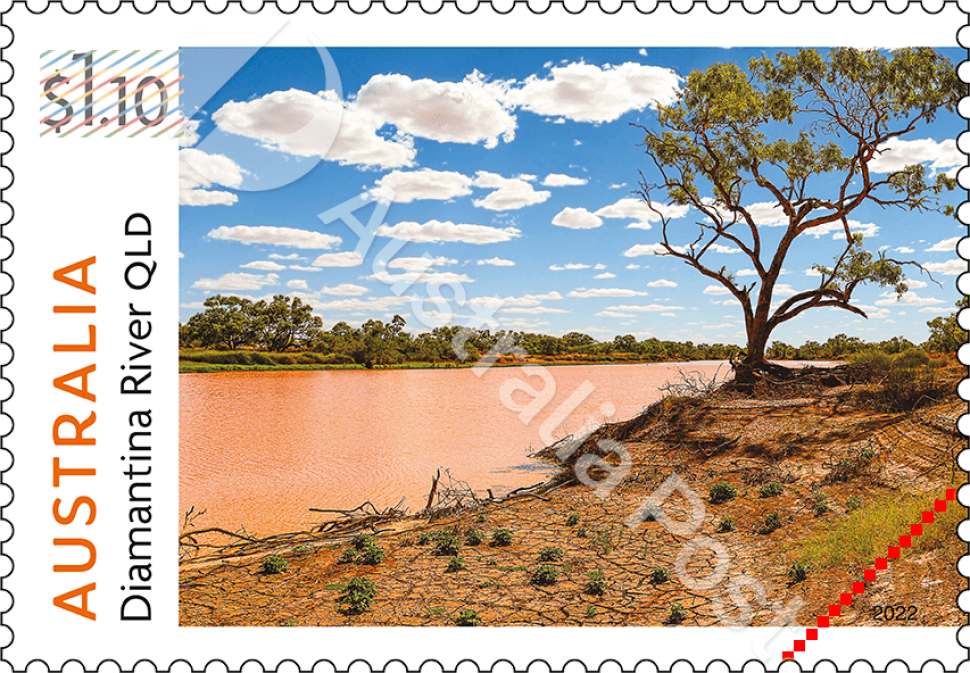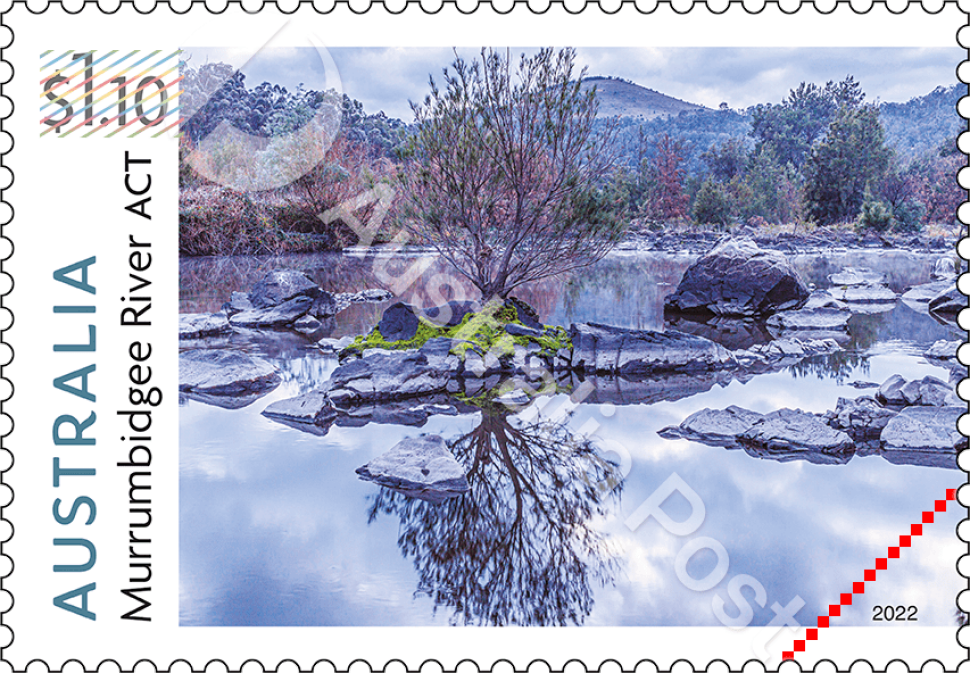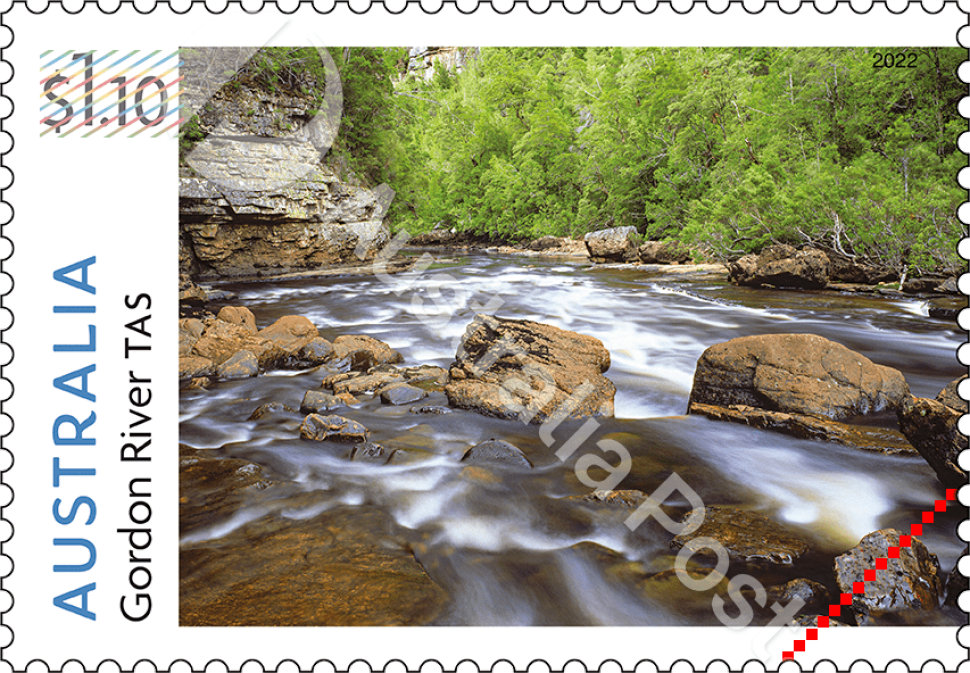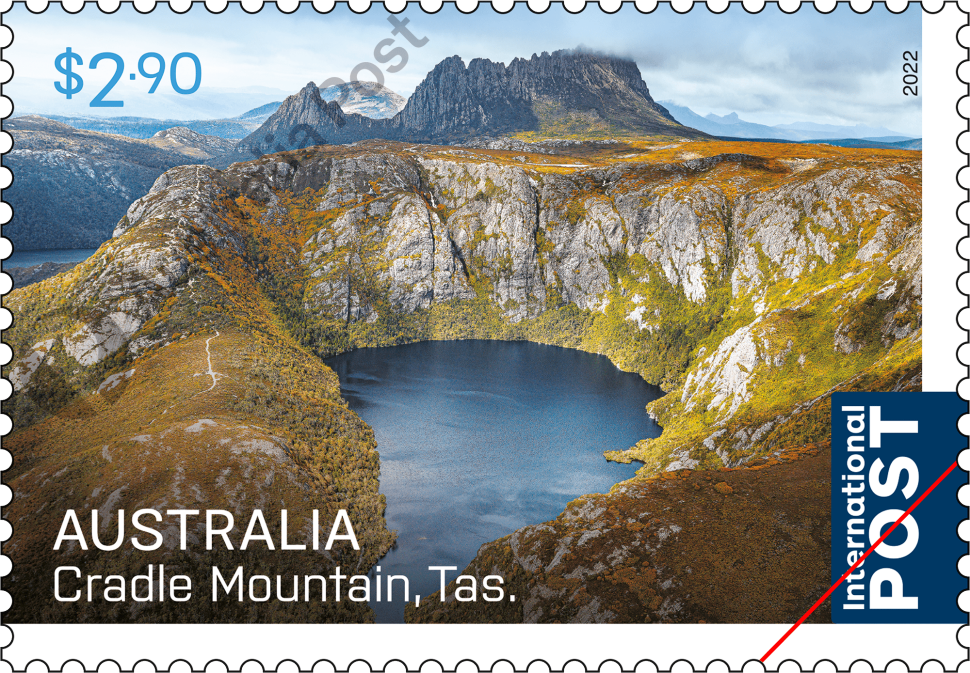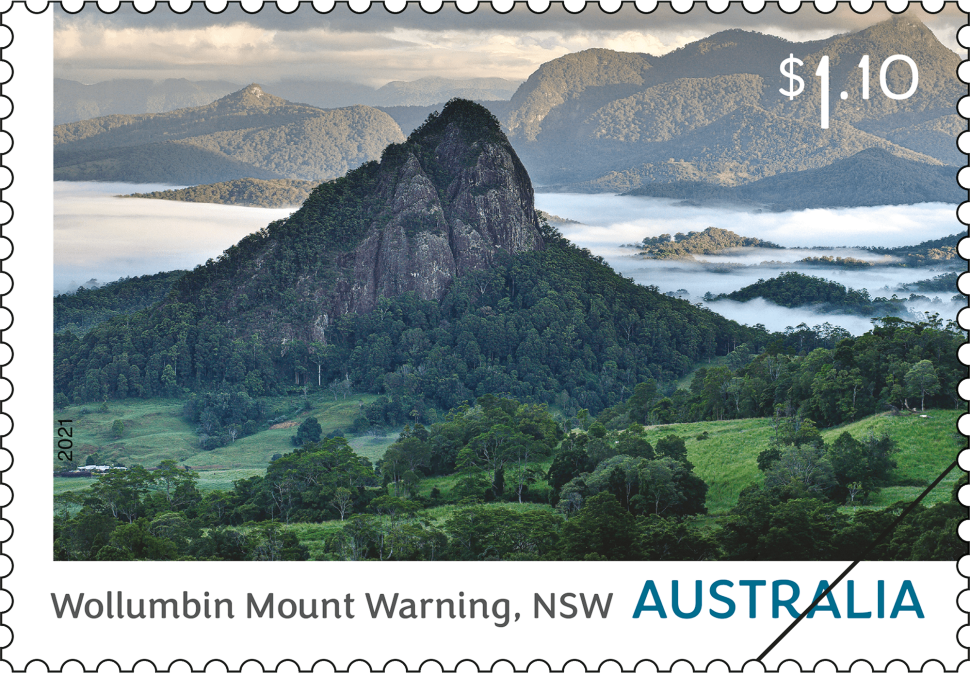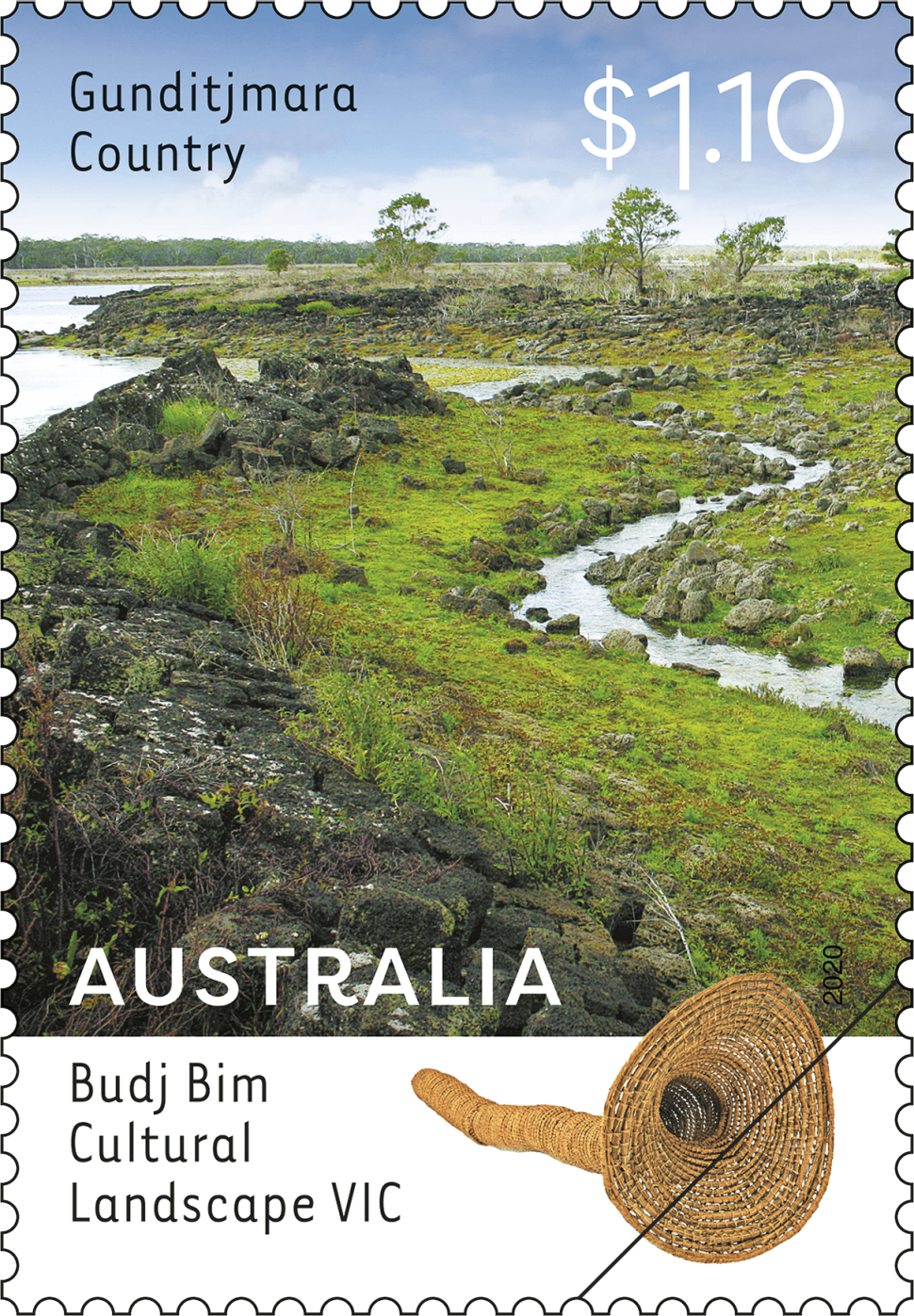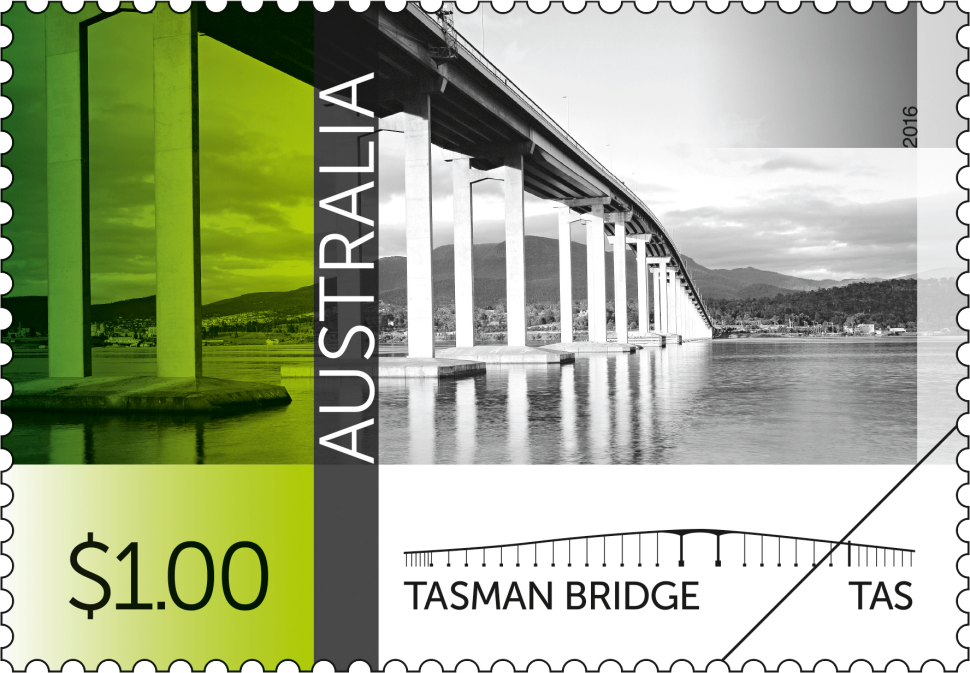Overview
Australia’s rivers are the lifeblood of communities, agriculture and trade, as well as vital environments for plants and wildlife.
Of Australia’s 439 rivers, many are small tributaries with relatively low and variable flows. Some rivers run out to sea while those in the driest areas flow inland to Lake Eyre. Six of Australia’s seven main rivers belong to the Murray-Darling Basin river system, which traverses much of south-eastern Australia across Queensland, New South Wales, the Australian Capital Territory, and parts of Victoria and South Australia, and covers around one-seventh of the country.
Technical specifications
- Issue date
- 25 October 2022
- Issue withdrawal date
- 30 April 2023
- Denomination
- $1.10 x 4
- Stamp design
- Sonia Young, Australia Post Design Studio
- Product design
- Sonia Young, Australia Post Design Studio
- Paper: gummed
- Tullis Russell 104gsm Red Phos.
- Printer
- RA Printing
- Printing process
- Offset lithography
- Stamp size (mm)
- 37.5 x 26
- Perforations
- 13.86 x 14.6
- Sheet layout
- Module of 50
- FDI Postmark
- Riverside TAS 7250
- FDI withdrawal date
- 22 November 2022
$1.10 Diamantina River, Qld
The Diamantina River is one of Australia’s inland rivers, with a huge basin that feeds into the Lake Eyre basin at times of significant rain. Wetlands, channels and waterholes along its course sustain a diverse array of flora and fauna, including native grasses, native fish species and a large number of birds. (Its lower floodplain is an Important Bird Area, with at least 450,000 waterbirds when in flood.)
Rising north-west of Longreach in the Swords Range in central west Queensland, the Diamantina cuts through some of Australia’s most remote arid and semi-arid environments, before flowing south-westerly through central Queensland and the “channel country” to the South Australian border where, after 941 kilometres, it is joined by Eyre Creek and becomes the Warburton River.
$1.10 Murrumbidgee River, ACT
The Murrumbidgee River is a major tributary of the Murray and Australia’s third-longest river. The word Murrumbidgee or Marrmabidya means "big water" or “overflowing” in the Wiradjuri language. Rising high in the Australian Alps in south-east New South Wales, its flow becomes significantly smaller after being diverted at Tantangara Dam into Lake Eucumbene, as part of the Snowy Mountains hydroelectric complex. The scheme supports irrigation but also negatively affects fish populations.
As the Murrumbidgee runs through the Monaro and the Australian Capital Territory, it picks up the tributaries of the Gudgenby, Queanbeyan, Molonglo and Cotter rivers, then winds across the southwest slopes and riverine plains before joining the River Murray near Balranald after a course of 1,485 kilometres. The Murrumbidgee and its catchment support major towns, including Canberra, Yass, Wagga Wagga, Narrandera, Hay and Balranald. The Mid-Murrumbidgee Wetland, between Narrandera and Carrathool, provides refuge for a wide range of species during times of drought.
$1.10 River Murray, SA
Australia’s longest river is the River Murray, which stretches 2,508 kilometres from the Snowy Mountains in north-east Victoria to the coast near Adelaide in South Australia. It forms most of the boundary between Victoria and New South Wales, before bending sharply south at Morgan in South Australia to flow through to Encounter Bay. All three states rely on water from the mighty Murray.
The River Murray sustains a complex network of ecosystems, including red gum forests, and more than 350 varieties of birds, as well as many mammal, reptile and fish species. The river also supports recreation, tourism and major towns, including Albury, Wodonga, Echuca, Swan Hill, Mildura and Renmark. The Murray-Darling Basin is Australia’s largest area of crops and pastures (more than 70 per cent of the national total).
$1.10 Gordon River, Tas.
The Gordon River is one of Tasmania’s four major river systems and includes 25 tributaries. From south-west Tasmania, the Gordon descends over a course of 172 kilometres through cold-climate rainforest. It rises below Mount Hobhouse in the Franklin-Gordon Wild Rivers National Park. The river passes through the Gordon Splits and through the Tasmanian Wilderness UNESCO World Heritage Area, before it empties into Macquarie Harbour at Wrights Bay.
Along its course the river spills into Lake Gordon, a freshwater reservoir created by damming and used for hydroelectricity generation. In the 1980s, widespread public protests prevented the construction of an additional dam on the Gordon below Franklin, with the wild rivers afforded further protection by a 1983 High Court ruling.
Shop our stamp collectables
Set of stamps:
Set of Australian Rivers Gummed Stamps
This set of stamps contains all four stamps from the Australian Rivers stamp issue.
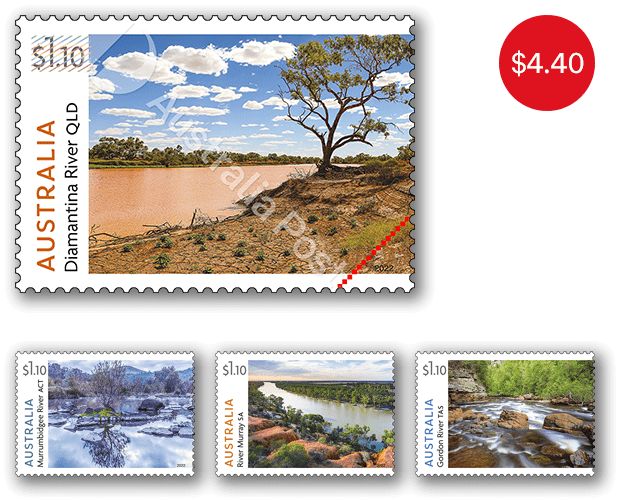
Stamp pack:
Australian Rivers Stamp Pack
The Australian Rivers stamp pack contains all four stamps from the stamp issue presented in a high-quality folder.

Gutter strip:
Gutter Strip of 10x $1.10 Diamantina River Stamps
The gutter strip consists of 10 x $1.10 Diamantina River stamps from the Australian Rivers stamp issue.
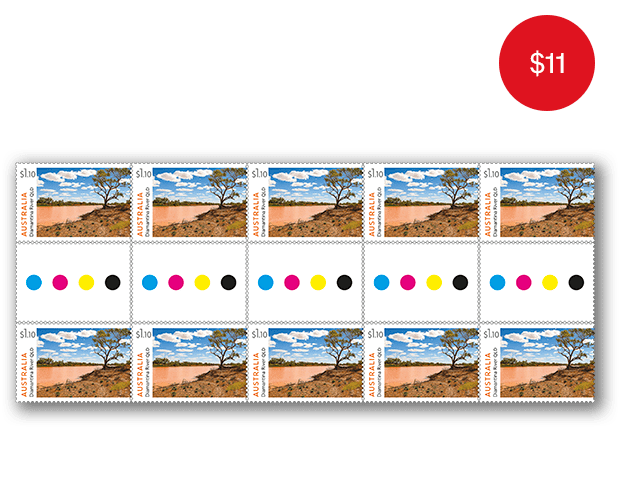
Maxicard set:
Set of Australian Rivers Maxicards
This maxicard set contains the four maxicards from the Australian Rivers stamp issue.
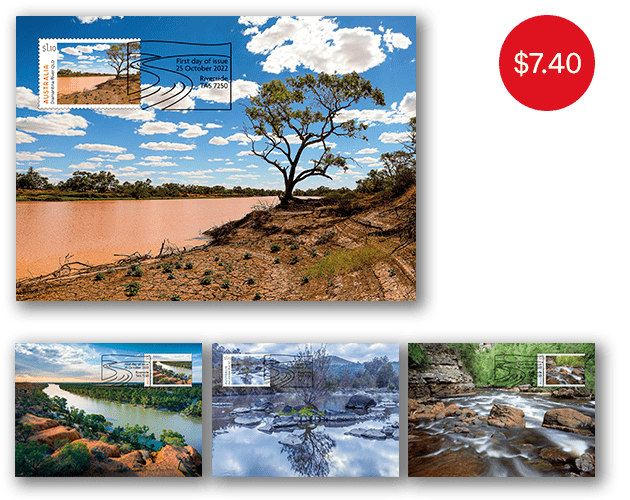
- Set of stamps
- Stamp pack
- Gutter strip
- Maxicard set
Additional collectables:
- Gutter Strip of 10x $1.10 Murrumbidgee River Stamps
- Gutter Strip of 10x $1.10 River Murray Stamps
- Gutter Strip of 10x $1.10 Gordon River Stamps
- Pictorial Envelope for the Australian Rivers Stamp Issue
- Australian Rivers First Day Cover (Gummed Stamps)
This content was produced at the time of the stamp issue release date and will not be updated.


